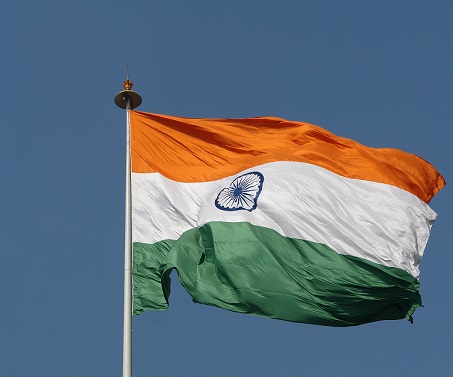
LONDON (PTI): American scientists have developed what they claim is the world's first satellite with the size of a loaf of bread which is designed specifically to look for extra terrestrial life.
The nano-satellite, called the ExoPlanetSat, will be launched next year with the task of finding exoplanets beyond our Solar System having life-supporting environment like the Earth.
Seamus Tuohy of Draper Laboratory, which developed the satellite in association with the Massachusetts Institute of Technology, said the mission was "ground breaking".
"While there have been many small satellites, these are typically used to perform simple communication or observation missions. We are doing something that has not been done before," Tuohy was quoted as saying by the Daily Mail.
At just 10 centimetres wide and 30 centimetres long, the 3-million-pound device works by surveying the brightness of a star as an orbiting planet passes in front of it.
By working out how much a star dims, scientists can work out the planet's size. Calculations to work out how long the planet takes to orbit mean they can then work out how far that planet is from its star.
Measuring a star's brightness, however, means the spacecraft must be kept stable as any disturbances will blur the image making it unusable.
Special technology has been developed to ensure movement is kept to a minimum.
Experts say the tiny satellite is designed to work in conjunction with larger satellites, like NASA's Kepler satellite which was launched two years ago.
The nano-satellite, which will be powered by solar panels, will focus on a single star deem worthy of further study.
Each nano-satellite costs 379,000 pounds once it is in production but only has a shelf-life of one to two years.
Scientists are hoping to launch a fleet of such tiny satellites in the future to survey hundreds of stars to see if they can discover other planets similar to ours.
 Previous Article
Previous Article Next Article
Next Article













The Indian Air Force, in its flight trials evaluation report submitted before the Defence Ministry l..
view articleAn insight into the Medium Multi-Role Combat Aircraft competition...
view articleSky enthusiasts can now spot the International Space Station (ISS) commanded by Indian-American astr..
view article